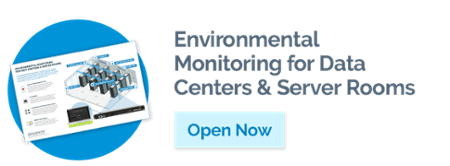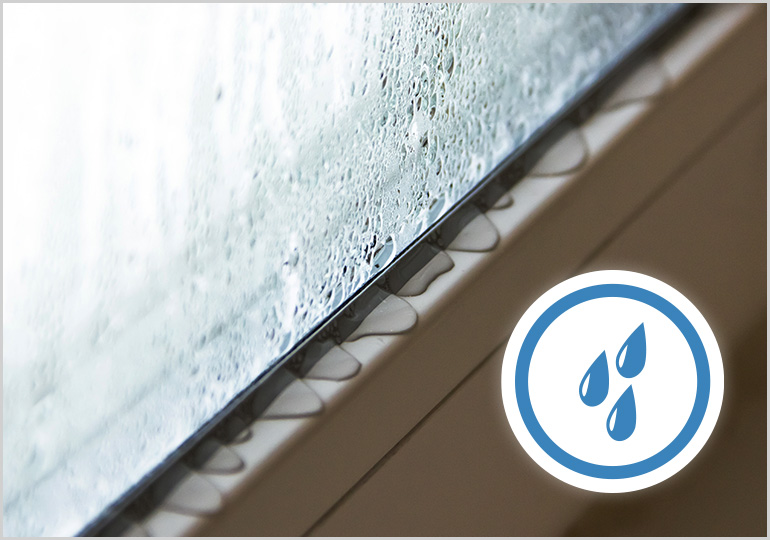
Environmental conditions can negatively affect the operations of different market sectors. Excessive humidity, for example, can create condensation that damages capital equipment while low humidity can generate electrostatic discharge that leads to system failures.
Too high or low temperatures also can impact staff productivity and degrade machinery. A temperature and humidity sensor connected to a Sensaphone remote monitoring system can continuously monitor these and other critical conditions to avoid environmental threats.
- Computers can become inoperable as vital components stop working properly or even fail.
- Cold or overheated industrial machinery can work harder, unreliably, or even fail.
- Medical supplies and products such as vaccines, blood, and tissue samples can spoil.
- Animal life in preserves can become uncomfortable or suffer.
- Vegetation in greenhouses stops growing, wilts, or perishes.
- Hotels, restaurants, and other public venues can become uncomfortable for guests.
Many government agencies including ASHRAE and OSHA have temperature and humidity regulations for facilities to ensure optimal working conditions. As an example, ASHRAE Standard 170- 2008 denotes a maximum relative humidity of 60% and temperature range of 72°F (22°C) to 78°F (26°C) for sterile storage of medical and surgical supplies. They also recommend data centers to maintain relative humidity levels below 60%.
Benefits of Remote Monitoring
Manually tracking temperature and humidity with static controls such as thermometers and hygrometers is both time-consuming and error-prone as it relies on the accuracy of personnel in gathering and logging data. Environmental fluctuations also may occur between periodic checks or after hours.Integrating humidity and temperature sensors with a Sensaphone remote monitoring system enables real-time tracking of these critical conditions from a computer, phone or other web-enable device. More than just serving as a data logger, it ensures accurate temperature and humidity control on a 24/7 basis. Other benefits include:
- Humidity and temperature monitoring from anywhere, at any moment in time without using additional software
- Secure web-based management of different locations from a single source
- Immediate notification of fluctuation temperature and humidity levels
- Time and money savings by eliminating the need for manual checks
- Restricted access to information by assigned personnel
- Greater transparency and accessibility by staff
- Secure data storage in the cloud
- Use of historical information to meet regulatory compliance
Beyond Data Monitoring
Sensaphone remote monitoring systems are programmable to provide alarm notifications when conditions vary from preset parameters. When detecting that temperature and humidity levels vary from set boundaries, the humidity and temperature monitoring system immediately alerts designated personnel by phone, text, or email. Staff can take immediate action.Data gathered from remote monitoring systems can be analyzed to identify operating trends to make corrections that optimize conditions, reduce costs through lower energy usage, and ensure timely equipment maintenance. With better control and visibility into temperature and humidity conditions, facilities can make better decisions. In addition, the historical information can serve as proof of meeting regulations in compliance with government standards.
System Configuration
Temperature and humidity sensors are strategically located throughout a facility, warehouse, or other environment where they can provide the most accurate information. For data centers, humidity sensors are ideally place near each return, humidity control systems and on server racks while temperature sensors are best located next to the thermostat of the room and at the front door of each rack.
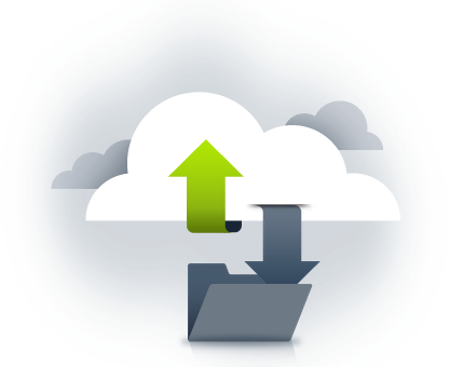
Once installed, the sensors detect changes in temperature and humidity and convert data into electrical signals that are received by a central Gateway device of the remote monitoring system. The sensors can be hard-wired or wirelessly connected to the remote monitoring system. The gateway, in turn, transmits data to the could via an Internet connection using WiFi. Depending on the preferred technology, Internet connections also can be made via Ethernet, cellular, Bluetooth, or satellite.
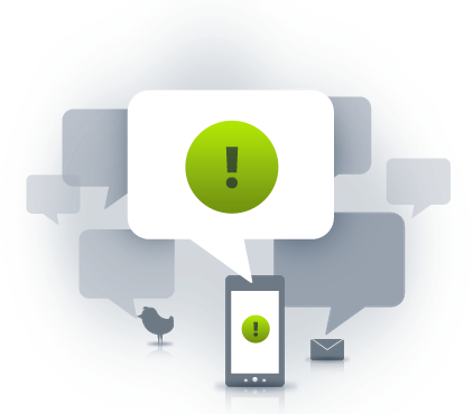
Once data is in the cloud, users can monitor conditions using a web-based interface and mobile application. In addition to checking the real-time status of conditions, personnel can receive alarms when conditions surpass set thresholds and perform reporting and analytics.
Customized Monitoring Solutions
Sensaphone offers a variety of remote monitoring solutions for small facilities to larger enterprises:The Senaphone Sentinel Monitoring System
This cloud-based monitoring system monitors facilities and environments to provide status on critical conditions. It interfaces with up to 12 sensors to monitor temperature, humidity, and more.Operating on a supervised Internet connection, the Sentinel remains online to monitor conditions around the clock. It also offers an optional cellular modem for operations in locations where telephone or Internet is unavailable.
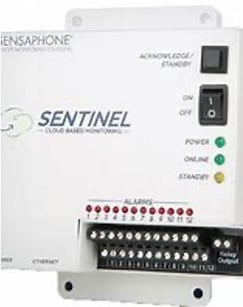
Storing sensor readings in the cloud, it protects against data loss and provides limitless storage. It is programmable to provide alarm notifications via email, text, or phone based on programmed setpoints.
The WG30 monitoring system
This system supports up to 30 wireless sensors to monitor temperatures, humidity, power failure, and water detection. When working in conjunction with the Sentinel Pro, information from WSG30’s sensors is available in the cloud.It can notify up to 32 designated personnel regarding alarm conditions, in the event of a problematic sensor reading. The remote monitoring system also serves as a data logger that supports the preparation of monthly reports to demonstrate compliance.
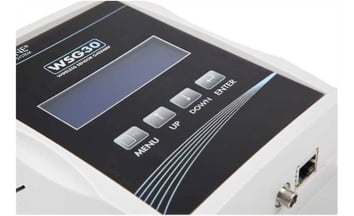
Sensaphone can configure the right remote monitoring system to monitor the critical conditions of your application using a network of temperature and humidity sensors and other devices. We’ve created solutions for food and beverage cold storage, medical cold storage, greenhouses, and data centers.
Contact our sales team who can discuss the right configuration of sensors and monitoring system to address your application requirements.

